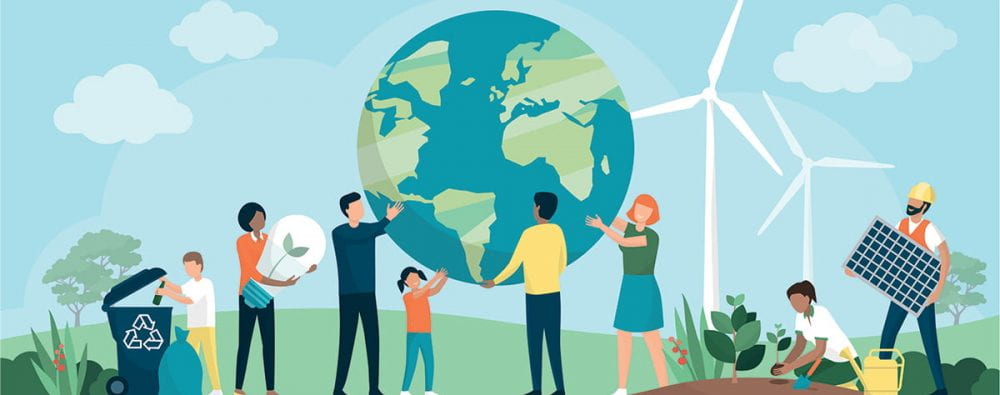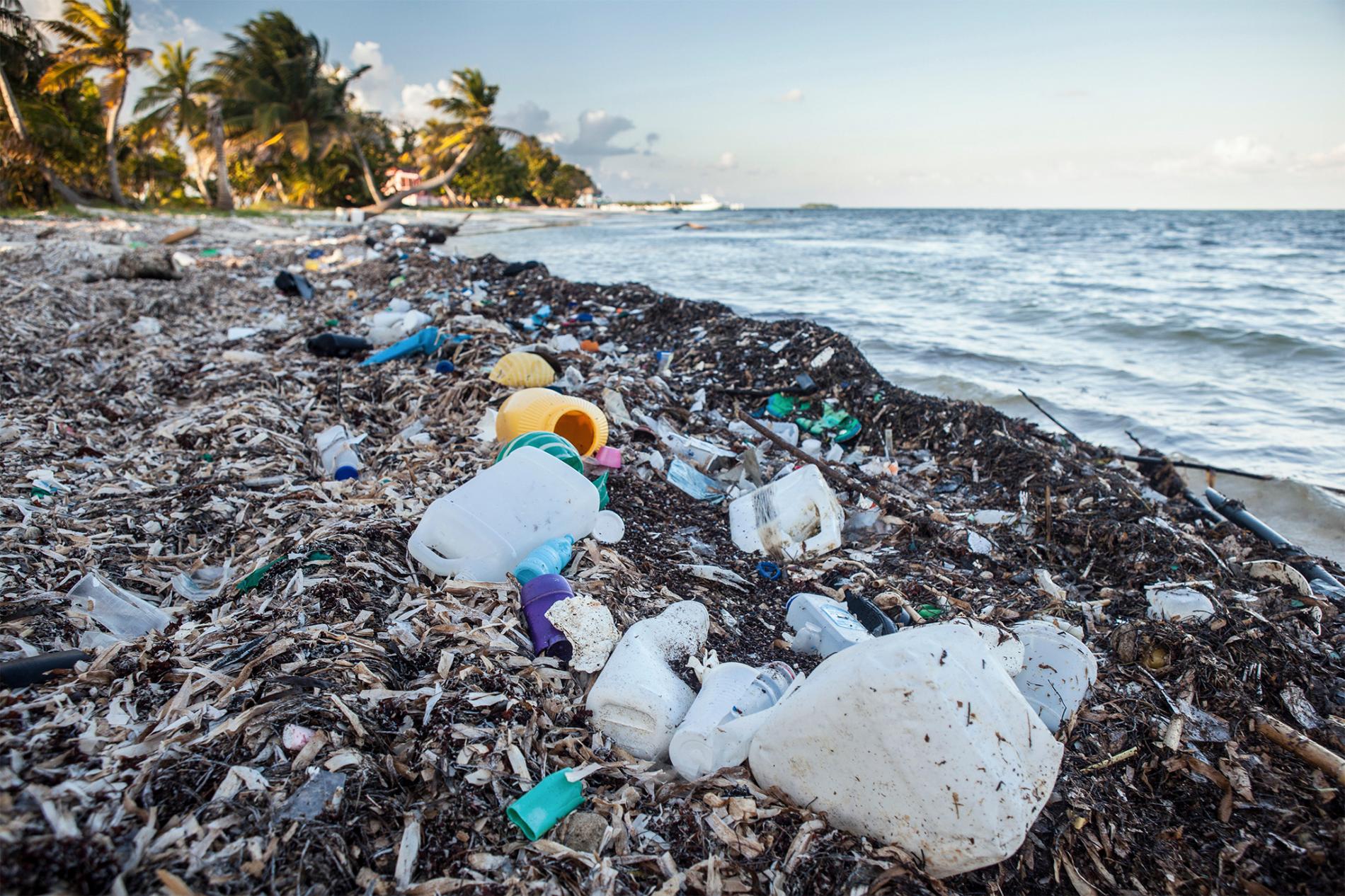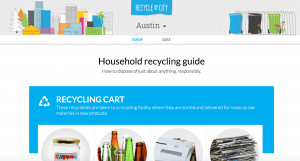As most of you know, single-use plastic water bottles are a HUGE problem when it comes to sustainability, but let me paint an even better picture for you. It is estimated that over 15 million metric tons of plastic are dumped into our oceans every year. SO much plastic is being dumped that scientists are now finding traces of microplastics in the fish we consume. All human life revolves around the health of our oceans, whether we think it or not. Furthermore, 1 million single-use plastic water bottles are bought every minute in the world. However, less than ⅓ of this plastic will be recycled. It is naive that we assume that because we live in places such as Austin, TX, our plastic won’t end up in our oceans. Here is some advice to inspire the change within yourself!
Tap Water
Did you know that bottled water costs over 100 times more to produce than tap water? Well, the consumer must be paying for better quality water, right? Wrong! 25% of all bottled water is just tap water that was put into single-use plastic and sold. Essentially, you are just paying for well-advertised tap water which is costing you more than you think. A person who only buys bottled water spends around $1,095 annually, whereas a tap water drinker will only spend a mere $0.48 per YEAR. Who wouldn’t want over a thousand extra dollars in their pocket by making this simple switch?
Reusable Plastic Water Bottles
If a person drinks around 4 bottles of water per day, they will waste 1460 single-use plastic bottles in a year. Even if that person only purchased 1 single-use plastic bottle every day, they would still be wasting 365 water bottles a year. A person who uses a reusable plastic bottle every day will not have to throw away one single bottle that entire year. Reusable plastic water bottles are the most cost-effective bottle to purchase since they will be quite a bit more affordable than stainless steel bottles. Reusable plastic bottles are easy to clean, especially since you can see through them it will be easy to spot any areas that need special attention. However, since these bottles are still plastic they are still more likely to end up in landfills and our oceans. First, when it comes to picking the perfect plastic water bottle, be sure to look for bottles that are BPA-free and PET-free. These are harmful chemicals that can leech into your water over time, especially when left out in the sun or a hot car. Second, make sure the bottle you buy is dish-washer-friendly so that it doesn’t warp when subjected to high temperatures.
Stainless Steel Water Bottles
Stainless Steel water bottles are the BEST option for the environment, and here is why! Stainless steel, unlike plastic, is not porous, which means it will not leak any toxic chemicals into your water, even if subjected to high temperatures. Stainless steel makes these bottles resistant to rust, bacteria, corrosion, and mold too. Furthermore, Stainless Steel water bottles are 100% recyclable and are much more likely to stay out of landfills. These water bottles are also more environmentally friendly to produce than other materials. Although stainless steel bottles are more expensive than reusable plastic bottles, they are much more durable. The only downside to stainless steel bottles is that when they are dropped, they can sometimes dent. However, the benefits outweigh the cons. Make sure that when you are purchasing a metal water bottle it is Stainless Steel, rather than aluminum. Researchers have found that BPA can still exist in Aluminum, so it is best to steer clear of them all together.
Hopefully, this information will inspire you to make a cost-effective, and environmentally-friendly change in your life! Most of the United States has clean and safe tap water to drink, so finding a filling station near you won’t be a problem. Let us know how your journey to switching from single-use water bottles to reusable ones has impacted your life!




